Which Battery Capacity is Larger: 10000mAh, 14400mAh, or 16800mAh?
Introduction
The surge in popularity of heated apparel has led to a proliferation of battery options in the market. Amidst this abundance, discerning the most suitable battery becomes paramount. This passage aims to demystify the realm of battery capacity, focusing on three prevalent options: 10000mAh, 14400mAh, and 16800mAh.
Exploring Battery Capacity
Heated apparel, a revolutionary solution for warmth-seekers, has attracted numerous brands like Venustas into the fray. However, before delving into the world of heated clothing, understanding battery capacity is imperative.
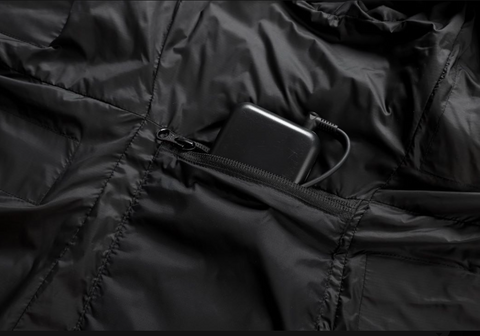
Typically, a battery powers heating elements to provide warmth. Surveying the market, we encounter various battery types tailored to diverse needs and preferences. Amidst this array, misconceptions abound, particularly regarding the correlation between battery capacity and extended usage time. Some manufacturers assert that higher capacity batteries equate to prolonged heating hours, a fallacy that we aim to dispel.
Understanding mAh, V, and Wh: The Basic of Battery
Milliampere-hours (mAh), Volts (V), and Watt-hours (Wh) are common units used to describe battery performance and energy capacity. Understanding these units is crucial for selecting the right battery and using it effectively.
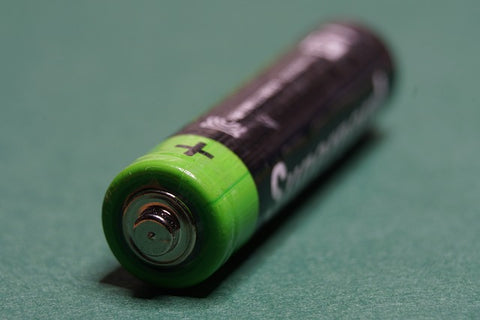
- Milliampere-hours (mAh): mAh measures the electrical charge capacity of a battery. Specifically, it represents the amount of current that a battery can supply for one hour before it is fully discharged.
- Volts(V): V, also known as electric potential difference, is the unit of measurement of voltage. Normally, higher voltage means the battery can deliver more power to the device.
- Watt-hours (Wh): Wh is used to measure the amount of energy that a battery can provide at a certain power level for a certain time. For example, a 20 Wh battery can provide 20 watts of power for one hour.
Now we have a clear understanding of these three units. In the purchase of a battery, we always tend to focus on the battery capacity (mAh) while putting the volts (V) and watt-hours (Wh) away. It’s unreasonable.
Watt-hours(Wh) is a significant consideration that consumers need to take into account. The higher the watt-hours, the larger the battery capacity. That also means the battery features excellent endurance capacity
How to Calculate the Watt-hours(Wh)?
To calculate the Wh of the battery, it’s crucial to know the mAh and V. We usually use this formula:
Watt-hours(Wh) = Milliampere-hours (mAh) * Voltage (V) /1000
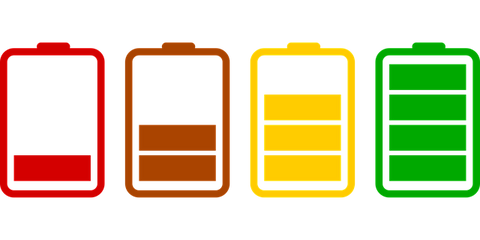
Now, let's return to our main focus:
Why Venustas10000mAh@7.4V surpasses 16800mAh@5V, 5000mAh@12V, and 14400mAh@5V batteries. To clarify this, let's apply the formula for a comprehensive understanding. To grasp the logic behind these calculations, it's crucial to consider two key points:
1.The true voltage of a 5V battery available in the market is typically 3.7V, as most lithium-ion batteries have a nominal voltage of 3.7V.
2.Some batteries labeled as 7.4V with capacities of 14400mAh or 16800mAh are actually calculated based on a 3.7V (5V) standard.
Now, let's delve into the specifics:
- Venustas 10000mAh@7.4V Battery:
10000mAh*7.4V/1000=74Wh=20000mAh@3.7V=20000mAh@5V
- 16800mAh@5V Battery:
16800mAh*3.7V/10000=62.16Wh=8400mAh@7.4V
- 5000mAh@12V Battery:
50000mAh*12V/10000=60Wh=8108mAh@7.4V=16216mAh@3.7V=16216mAh@5V
- 14400mAh@5V Battery:
14400mAh*3.7V/10000=53.28Wh=7200mAh@7.4V
Therefore, in summary, the order of superiority is Venustas10000mAh@7.4V(=20000mAh@5V) > 16800mAh@5V> 5000mAh@12V(=16216mAh@5V) > 14400mAh@5V, with the respective energy capacities of 74Wh > 62.16Wh > 60Wh > 53.28Wh.
From these computations, it's evident that relying solely on the battery capacity labeled by manufacturers may lead to misleading conclusions regarding running time.
Understanding the Power of Heating Elements
Now that we've established the impact of watt-hours on running time, let's delve into another critical aspect: the power of heating elements.
Heated elements are equipped in the apparel to generate heat with the power of the battery. If you have a strict requirement about the heating hours, you need to check out the power of the heating elements determined by the size, quantity, and temperature. Theoretically, the higher the temperature, the higher the power of the heating element, resulting in a shorter battery usage time. Additionally, a greater number of heating elements with larger coverage areas could accelerate the battery level.
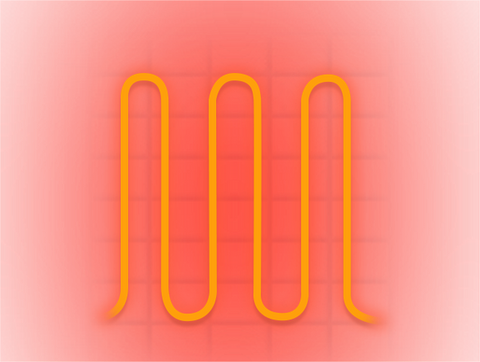
In a word, it’s hard to keep the balance of a high level of warmth and long-lasting running time. If you want your clothes to be warmer, the requirement of the battery endurance capacity should be decreased. On the contrary, if you look for a battery with higher watt-hours, you should lower your standard for the power of heating elements. Plus, batteries of higher watt-hours usually come with an increased weight and larger size. So, it’s essential to make a purchase decision based on your preference and intended usage.
Venustas Battery Option
Through ongoing development and innovative strides, Venustas has firmly established itself as a frontrunner in offering a comprehensive selection of battery options. Each battery is thoughtfully designed with distinct features to cater to an array of individual requirements.
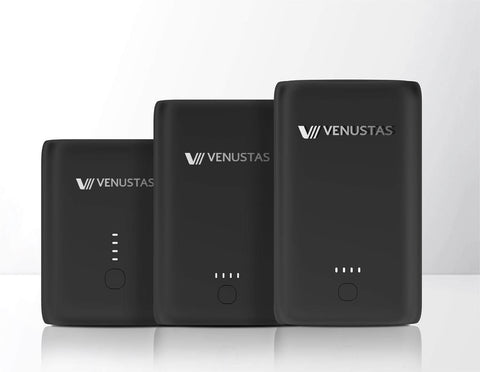
If you would like to choose a lightweight and compact battery, our Mini 4800mAh@7.4V battery (=9600mAh@3.7V/5V, comparable to Anker's 9600mAh battery) is a great choice for you. For those who always stay outside and seek a long-lasting running time, our all-new 10000mAh@7.4V(=20000mAh@3.7V/5V) battery is the most suitable option for you, offering the largest capacity on the market. In addition, we have one battery that strikes a balance between size and capacity. If you are looking for this type, you can consider our 7200mAh@7.4V battery.
Conclusion
In conclusion, the ranking of battery capacities stands as follows: Venustas10000mAh@7.4V > 16800mAh@5V > 5000mAh@12V > 14400mAh@5V. This underlines the fact that relying solely on labeled battery capacity may not accurately portray the battery's energy storage capability. It's crucial to consider watt-hours to assess the actual running time.
Therefore, our Venustas 10000mAh@7.4V battery provides longer running time than other types. It’s an ideal option for those who require a reliable and extended power supply for their devices, whether for outdoor excursions, travel, or daily usage, it ensures consistent performance. Additionally, our batteries come equipped with multiple safety features and certifications such as UL, CE, FCC & UKCA, and RoHS, ensuring reliability for users.